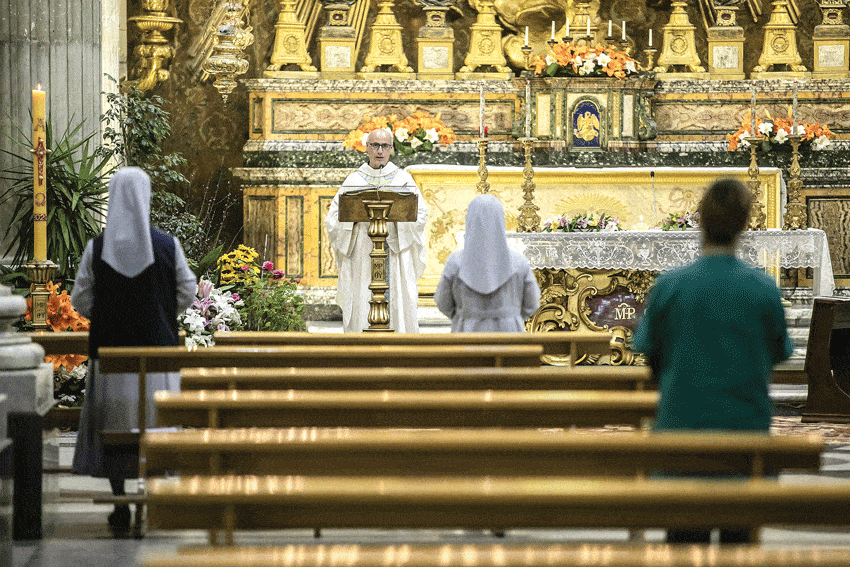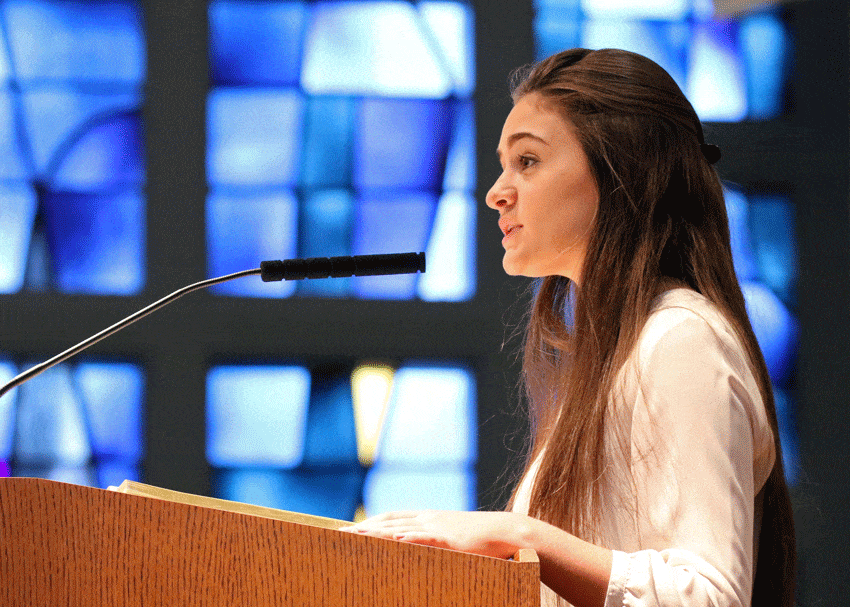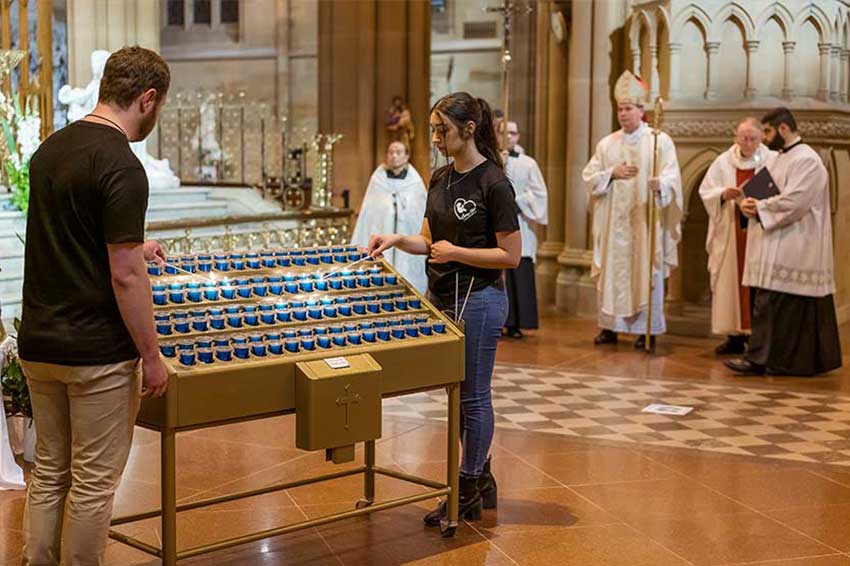
Mass attendance stats reveal realities of the Church
When I was a teacher, if a student scored 11.8 per cent on a major assignment, I’d talk to the student about the grade later that day and maybe get a piece of the story from the student’s perspective.
I’d also call his or her parents, letting them know of their child’s failing performance. Sometimes the parents were able to fill me in on what happened; in one such case, I recall, a student’s grades drastically dipped because his house burned down. No decent parent wants their child to fail, let alone fail miserably.
Additionally, if the test administered was fully multiple-choice (rarely was that the case) where each question had four options, the student should have merited an average 20 per cent just from blind guessing. Therefore, as a long-time educator, I would have interpreted a figure of 11.8 per cent as a subtle but unmistakable cry for help.
…we can only make generalised assumptions as to why, in a culture where it’s easier to quietly disappear from the pews than it is to cancel your local gym membership, people no longer come to Mass.
Like my struggling or troubled student, the Catholic Church in Australia sent out a subtle and unmistakable cry for help as the data from The Australian Catholic Mass Attendance Report 2016 places regular Mass attendance at “11.8 percent of the Catholic population.” The comparison between failing grades and falling Mass attendance may not be completely fair, but it serves for the purposes of talking about the Church in Australia.
Furthermore, anyone who has worked in ministry knows that Mass attendance is not the be-all and end-all in terms of the success and failure of the Catholic Church. However Mass attendance does serve as an overall ‘pulse’ of the Church and, based on the numbers from the Report, the Catholic Church in Australia is on life support – and it doesn’t look like the ventilator is coming out any time soon. This is before we even consider that these numbers are pre-COVID.

In a few months’ time, the 2021 Mass Attendance Report for Australia will commence. As useful as it will be, if it follows the same terms of reference as the 2016 Report it will be limited in its scope and data collection.
However, I suspect the 2021 Report will also ignore the elephant in the Church’s sitting room: why have these individuals stopped regularly attending Mass? I am not confident that the 2021 Report will enlighten us on the real underlying issues. Without surveying those who have stopped coming to Mass, we can only make generalised assumptions as to why, in a culture where it’s easier to quietly disappear from the pews than it is to cancel your local gym membership, people no longer come to Mass.
The only information that did attempt to respond to the elephant question of “why” people have stopped attending Mass is more than a few decades old, from 2007’s Research Project on Catholics who have Stopped attending Mass, and whose data came from the 1998 Australian Community Survey completed by The National Church Life Survey.
All the recommendations from that Project were things that the Church could address and do something about. If the 2007 Project demonstrated anything it is that the Australian Catholic flight from Mass is only a symptom of a deeper underlying condition. What is that condition? An obvious answer is that Catholics have been going to Mass for the wrong reasons.

In summary, they stopped going to Church because they failed to see how the spotless Bride of Christ could have structural problems, sinful members, clergy who break both church and civil law, bishops who seemed less than interested in correcting law-breaking clergy – and still be the Church promised by Christ. Secondly, the 2007 Project also demonstrated nicely and neatly that people left Mass because somewhere along the way, they believed Mass was about they themselves and not about Jesus.
Thirdly, if the 2007 Project showed anything else, it demonstrated how poorly formed the baptised laity are in their catechesis and poor formation amongst many clergy. This lack of formation isn’t limited to poor classroom instruction, but also where people fail to recognise that Catholic social teaching and the works of mercy are something much more than – and different to – secular governmental social work.
Finally, the report failed to examine the other side of the fence, likely because many of us are on the other side of the fence. Why do people continue attending Mass? That’s a study I’d like to read. Yet, as Mass attendance continued to decline over the years since the 2007 Research Project, it appears either the insights from the Project were ignored or acknowledged in a half-hearted manner.
Next week, I’ll examine the three conclusions offered from the 2016 Report to help reverse declining Mass attendance.
Related:
